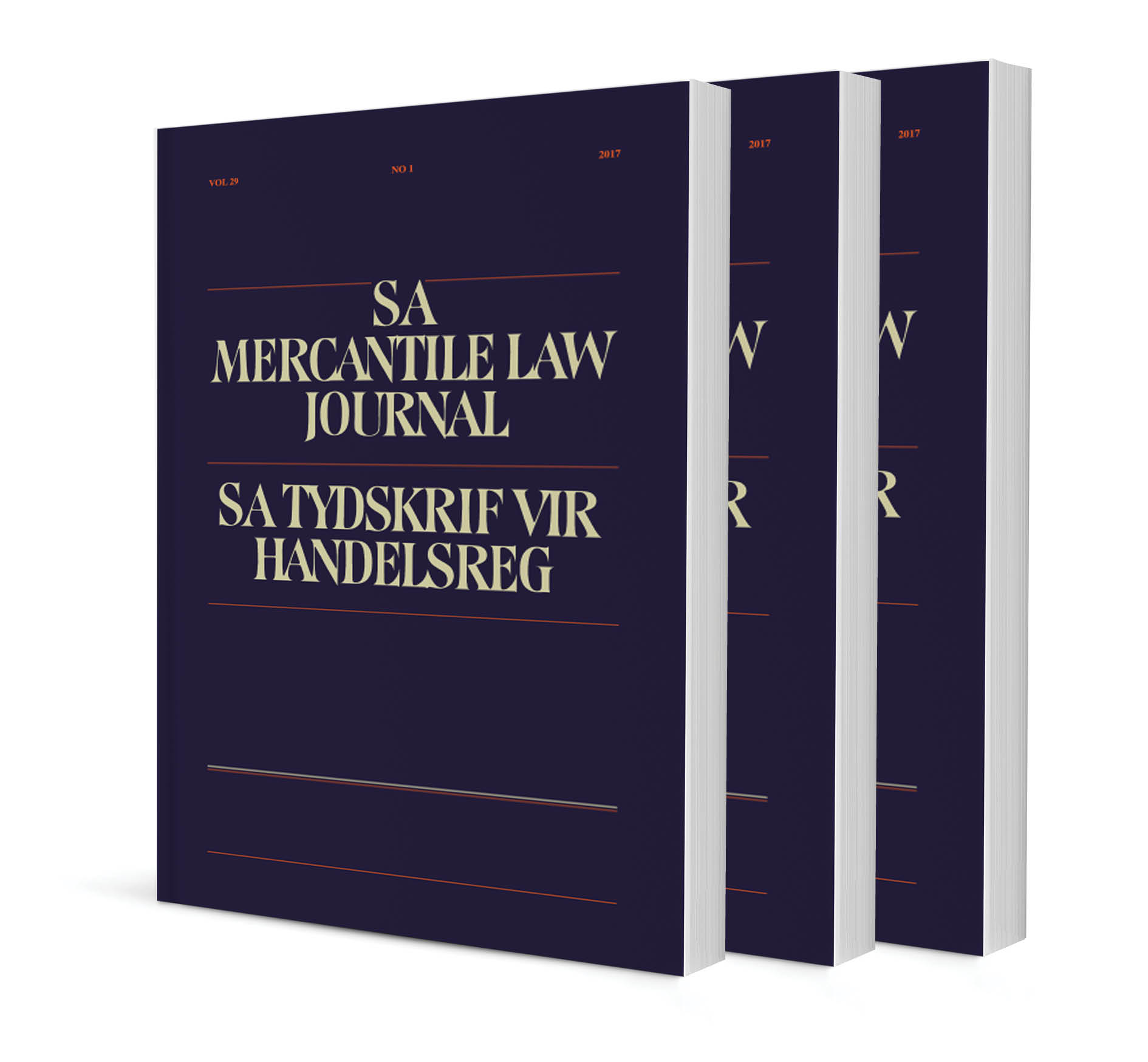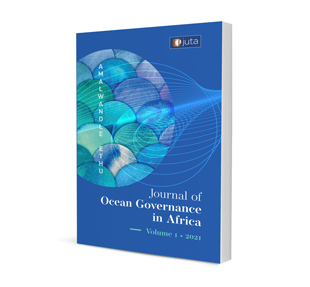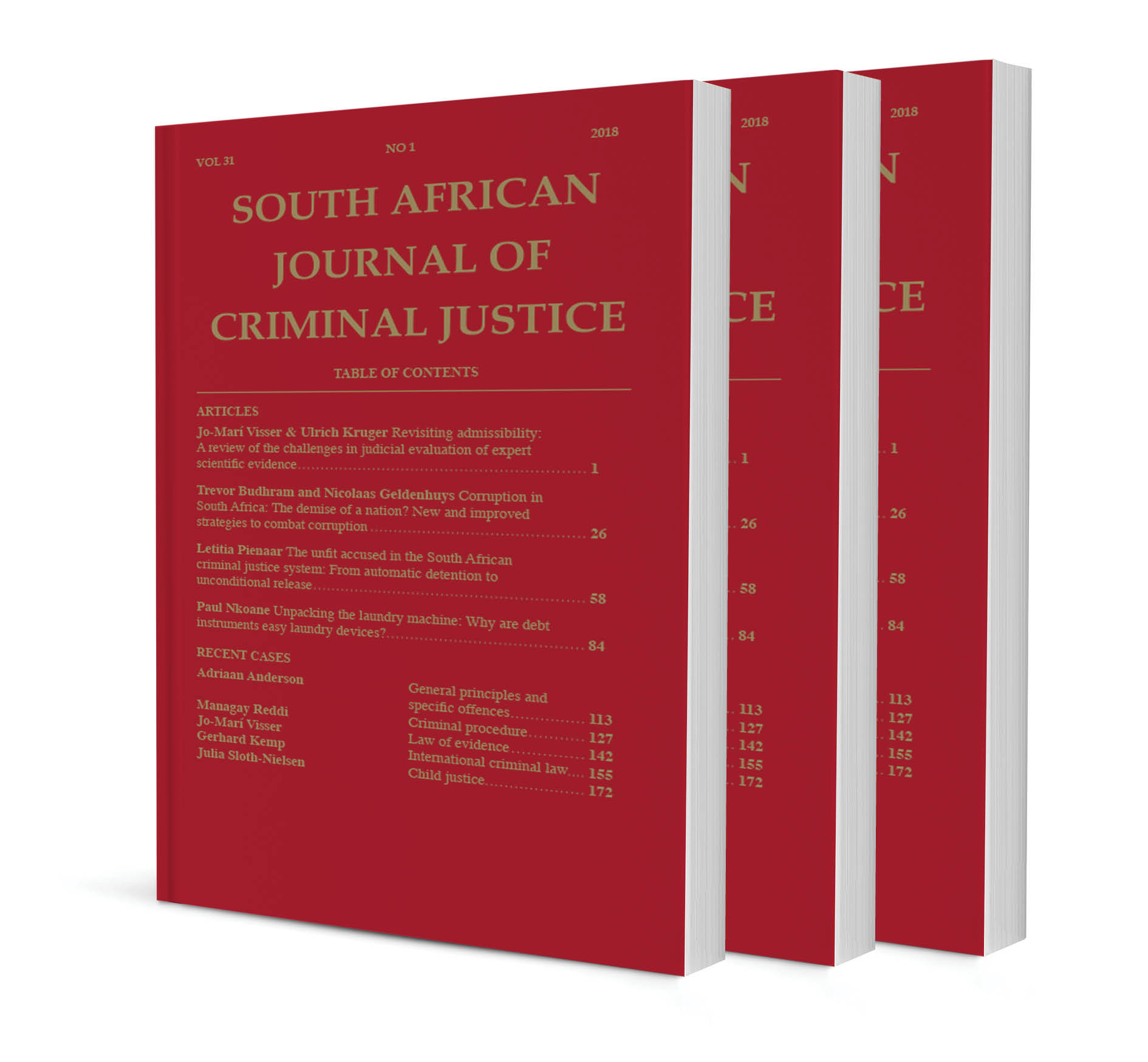Situating liability for patent infringement by Artificial Intelligence Systems in South Africa

Situating liability for patent infringement by Artificial Intelligence Systems in South Africa
Authors: Tshimangadzo Donald Mukwevho & Desmond Osaretin Oriakhogba
ISSN: 1996-2185
Affiliations: Lecturer, University of Kwazulu-Natal; Associate Professor, University of the Western Cape
Source: South African Mercantile Law Journal, Volume 36 Issue 1, 2024, p. 41 – 58
https://doi.org/10.47348/SAMLJ/v36/i1a2
Abstract
South Africa remains the only country that has granted a patent in respect of an application that named an artificial intelligence (AI) system as the inventor. This follows the decision by the Companies and Intellectual Property Commission in 2021, granting Dr Stephen Thaler a patent over inventions created by his AI machine — Device for the Autonomous Bootstrapping of Unified Sentience (DABUS). This decision has subsequently received condemnation, as well as applause, from various scholars. Adding to the criticisms against granting patents with AI named as the inventor/s, it remains a question as to who should be held liable for patent infringement by AI systems, and if anyone is to be held liable, how the liability thereof should be assessed. This flows from the premise that the development, training, and the ‘inventive’ activities of AI inevitably involve access to patent-protected data or information for which authorisation from the patent owner may not have been obtained. Conducted through desktop research, and drawing from the delictual (tort) principle of causation, this article probes into and addresses questions around the liability for patent infringement by AI systems in South Africa.


